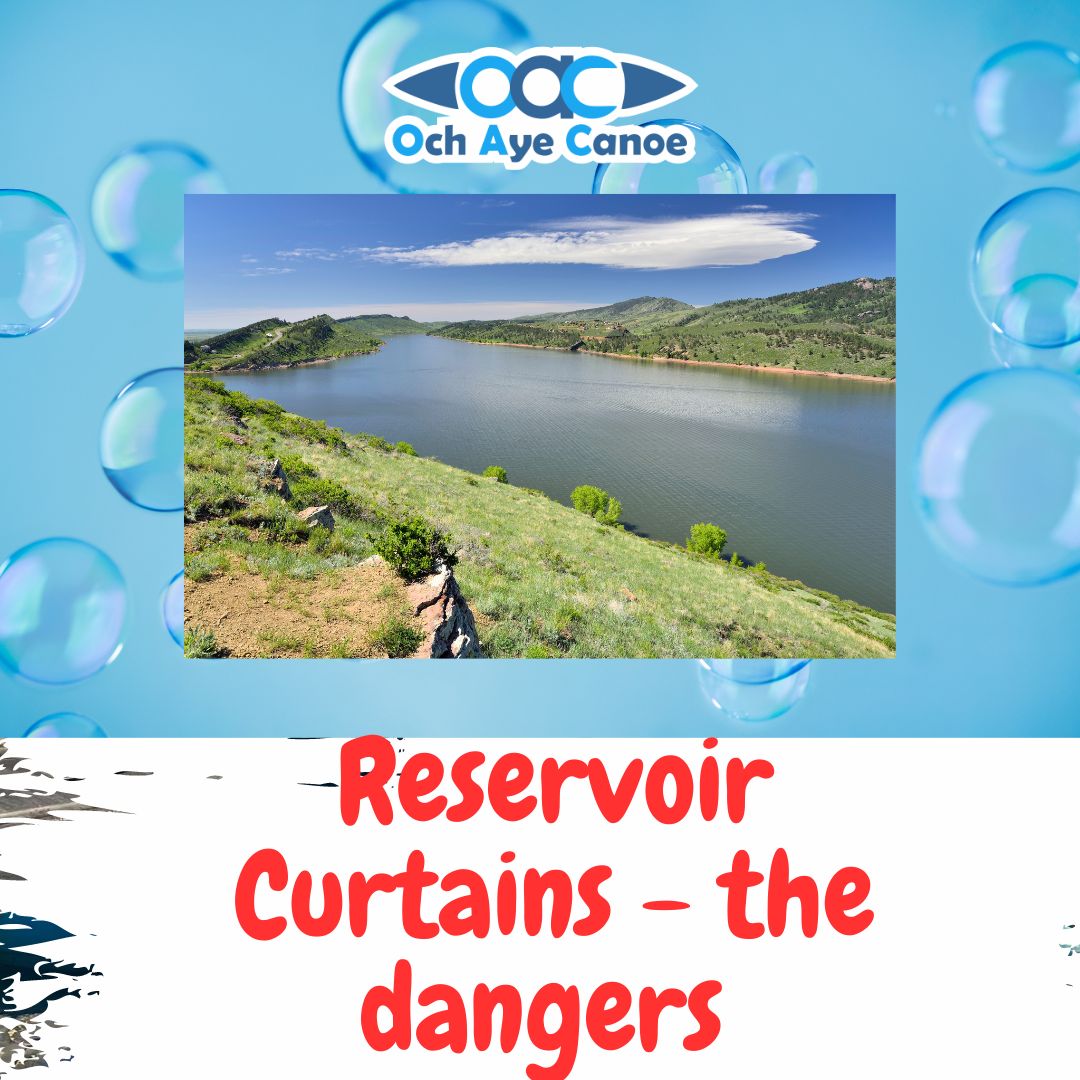Paddling on a serene reservoir can be a peaceful and exhilarating experience, but it’s essential to be aware of the hidden dangers lurking beneath the surface. One such danger is the presence of reservoir air curtains. Understanding what they are, how to recognise them, and how to stay safe can make all the difference on your next paddling adventure.
What Are Reservoir Air Curtains?
Reservoir air curtains are devices installed in water bodies to manage water quality and temperature. They work by releasing a stream of bubbles from the reservoir bed, creating a curtain-like effect. These bubbles can significantly affect the water dynamics, leading to turbulent and unpredictable conditions on the surface.
The Dangers of Reservoir Air Curtains
-
Turbulent Water: The continuous stream of bubbles disrupts the smooth flow of water, creating turbulence. This can cause a loss of balance for paddlers, potentially leading to capsizing.
-
Reduced Buoyancy: The bubbles reduce the density of the water, decreasing buoyancy. Paddlers and their equipment may sink more quickly if they fall into the water near an air curtain.
-
Entrapment Hazards: Loose clothing, equipment, or even limbs can become entangled in the bubble stream, making it difficult to swim away or climb back onto a paddleboard or kayak.
-
Hypothermia Risk: The mixing of different water layers can result in rapid temperature changes. Sudden exposure to colder water can increase the risk of hypothermia, especially if you’re not wearing proper thermal protection.
Recognising Reservoir Air Curtains
Recognising the presence of an air curtain can be challenging, especially if you're unfamiliar with the signs. Here are some tips to help you identify them:
-
Visible Bubbles: Look for a continuous stream of bubbles rising to the surface. This is the most apparent indicator of an air curtain.
-
Surface Disturbance: Even if bubbles are not immediately visible, the surface water might appear more turbulent or frothy in the area where the air curtain is operating.
-
Signage: Many reservoirs with air curtains have warning signs posted around the perimeter. Pay attention to any notices or markers indicating the presence of underwater installations.
This video from Scottish Water demonstrates what happens if you enter an air curtain.
Staying Safe Around Reservoir Air Curtains
Knowing how to stay safe is crucial for any paddler. Here are some safety tips to keep in mind:
-
Plan Your Route: Before heading out, plan your paddling route to avoid known areas with air curtains. Use maps and local guides to chart a safe course.
-
Wear a Buoyancy Aid: Always wear a properly fitted buoyancy aid. This can provide additional buoyancy and support if you accidentally encounter an air curtain.
-
Stay Alert: Continuously scan the water surface for signs of disturbance or bubbling. Staying vigilant can help you steer clear of potential hazards.
-
Avoid Solo Paddling: Whenever possible, paddle with a partner or group. Having others around can provide immediate assistance if you encounter trouble.
-
Know How to Self-Rescue: Practice self-rescue techniques, such as re-entering your kayak or paddleboard from the water. This knowledge can be lifesaving in an emergency. Consider booking a course with Och Aye Canoe to practice in a safe environment and learn new techniques.
-
Dress for the Water Temperature: Wear appropriate thermal protection, such as wetsuits or drysuits, to mitigate the risk of hypothermia if you fall into cold water.
Conclusion
While reservoir air curtains serve an important role in managing water quality, they pose significant risks to paddlers. By recognising the signs of air curtains and following safety precautions, you can enjoy a safer paddling experience. Stay informed, stay alert, and always prioritise your safety on the water.

